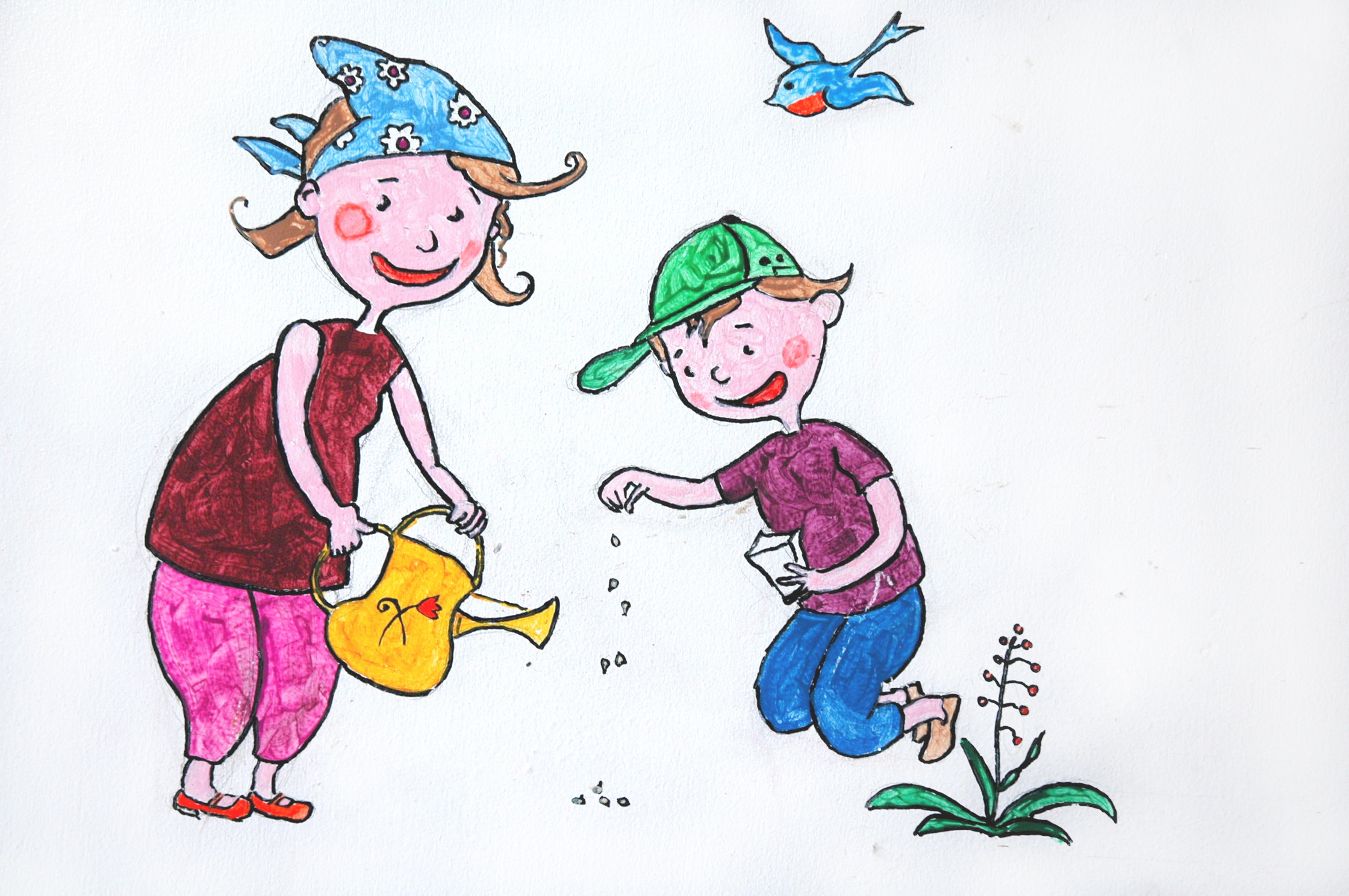The May two four weekend brings back great memories for me. It’s the weekend I was introduced to camping, courtesy of my Boy Scout troop.
I was sure that we had arrived at a remote forest, far, far away from home.
But early the first morning I surmised we were just in a farmer’s bush. It was the bawling of cattle that twigged me and that I should go on a “where are they” hike.
Not many steps from the campsite, I found the cattle and an incredible colony of trilliums.
Thousands of glistening white specimens with the odd pink and maroon one adorned the forest floor. Blossoms start out white and turn pink as they age.
Spring wouldn’t be spring without their symmetry. Also, known as “Trinity flower” (the father, the son and Holy Ghost), the plant has three leaves, three sepals (calyx) and three petals.
Trilliums are perennial wildflowers that pop up in deciduous forests, shaded roadsides and along wooded trails. Generally, more noticeable in rural climes, I am always reminiscent when I see them blooming.
Trilliums prefer growing in humus found in woodlands, especially in areas that have periodic spring flooding. They require full to partial shade and rich, moist, well-drained soil with a neutral to acidic pH.
Plants usually take years before they flower (mid-May to early June).
Because the plant has much difficulty in establishing itself, certain varieties (e.g. drooping trillium) are legally protected.
These species of trilliums and their habitats are protected by legislation under Ontario’s Endangered Species Act, 2007.
Local land development projects are responsible for the major disappearance of some species.
Invasive, non-native species like garlic mustard (Alliaria petiolata) continue to be a threat to many colonies. High populations of white -tailed deer gorge themselves on the leaves.
Another major threat comes from trampling on foliage from unsuspecting hikers, who wander off marked trails and by the illegal use of all-terrain vehicles in protected areas.
Like many wildflowers, trilliums will only grow in mottled light. This sunlight is not intense. March sunrays are very subdued and are not as strong as the sun in May. As the canopy begins to leaf out it gradually acts as a filter from strong sunlight.
There are more than 40 species of the plant. Many originated from various regions of North America.
Trilliums are easily propagated by division. Gardeners who have trilliums in their woodland garden should only divide them in late summer or early fall.
Plants are easily grown from seed but the arduous process can take up to two years for seed to germinate and another five to seven years for plants to bloom. For this reason alone, trillium colonies must be protected.
Contrary to what many people assume, it’s not a criminal offense to pick blooming trilliums. Some varieties are very prolific while others are protected because their numbers are endangered.
“If you pick the flower with the shoot and the three leaves, it is not able to re-supply its underground stem with nutrients, and dies”, explains Jim Eckenwalder, professor of botany, University of Toronto,
Many gardeners have reported that growing plants from cuttings brings limited success.
They grow on deep rooted rhizomes. Gardeners should purchase plants from a garden centre or plant seeds. Trilliums and other wildflowers are best left in their natural setting rather than relocating them.
To preserve as many colonies as possible, it should be everyone’s objective to let this important wildflower remain in its natural setting. Picking the flower damages the plant. All petals are needed to produce nourishment (via photosynthesis) for the entire plant.
A bouquet of trilliums may be lovely to look at but it will take years for the plants to completely recover and flower again..
All flowers soon lose their brilliance and quickly fade away. A series of personal photographs of individual blooms and a colony of trilliums will last for many years.
So proud this province is of this wildflower, the trillium has been Ontario’s emblem for almost 80 years.



